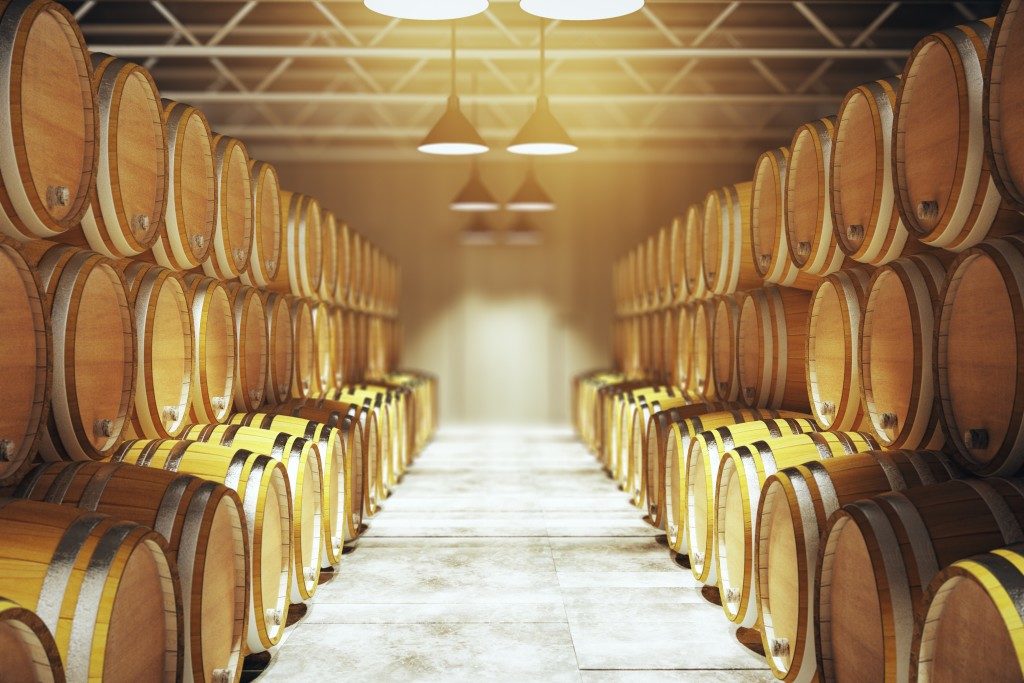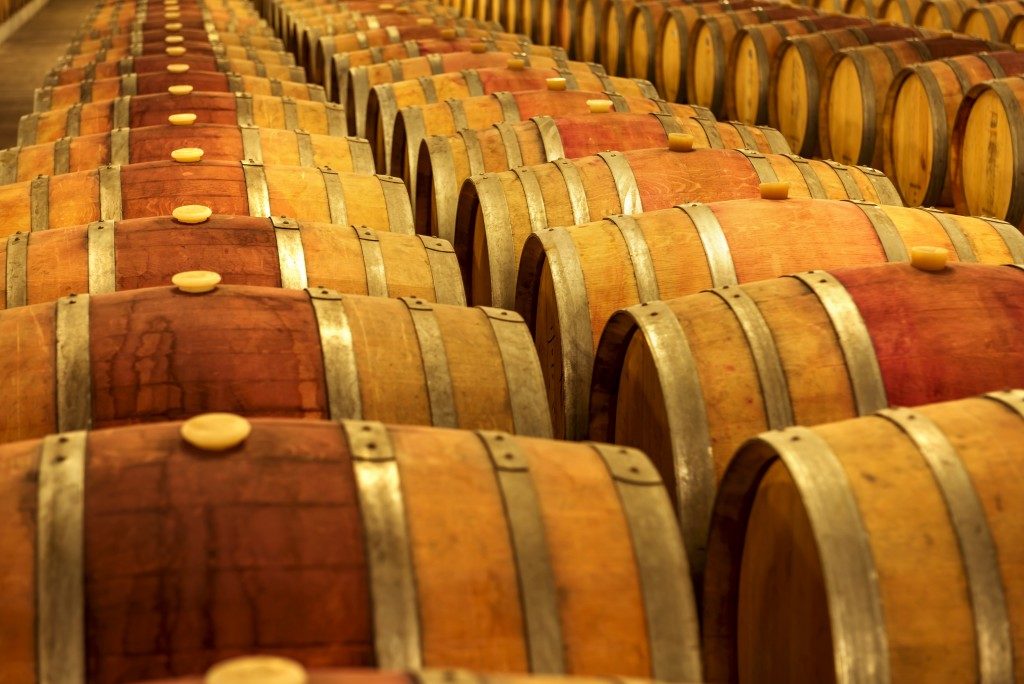Waste is an unavoidable result of wine production. In winery plants, the solid waste generated should not be dumped in the environment or the liquid waste directed into bodies of water. Irresponsible disposal is destructive to the environment. Every company has a social responsibility of taking care of the environment where they operate. It is, therefore, important that treatment systems be put in place to deal with the generated waste.
Drain Water
Wastewater is the effluent collected during wine production activities. It should not be released into the environment before it is treated because it contains a high -order contaminant burden. Production plants should be fitted with winery wastewater treatment systems for effective disposal. Wastewater from a winery plant results from several activities. During harvesting, the highest amount of drain water is produced. It also contains the highest number of contaminants. It is produced during the pressing of the grapes, cleaning of tanks, and in the case of accidental spillages.
Bottling and Storage of Wine
Significant volumes of wastewater are also produced during wine storage. The cellaring process allows the fermentation of wine and its maturation. Wastewater is produced when the cellars are cleaned. Also, the wine then needs to be clarified before bottling to separate it from sediments, a process that leads to both solid and liquid waste production. During bottling, wastewater is produced in the cleaning and sterilisation of bottles, circuits, and equipment. Wastewater can also be a result of wine spillages during any stage of production or disposal of wine that does not meet quality standards. The drain water produced needs to be collected and analysed for the quality and quantity of contaminants present and then treated to eliminate them.
Solid Waste
This in a winery plant includes grape stalks, grape seeds, and grape pomace. They all vary in composition and texture and are produced during the collection of grapes. The pomace is produced as the solid remains of the pressing process. It contains the skin, pulp, seeds, and stems of the grapefruits. Solid waste is also produced during the fermentation process in the cellar casks. It settles on the bottom of the casks and is filtered out or removed by means of centrifugation.
The solid waste from grapes production can be used in different ways instead of heaping it on land. Grape stalks are useful in agriculture because they have excellent agronomic purposes. They are used in composting due to their low organic matter content. Grape pomace, on the other hand, is used as a feed additive because of its high fibre content. Grape seeds are rich in linoleic acid, omega-6 fatty acids, and phenolic compounds.
The environment is a precious resource and has to be protected at all cost. But that does not mean that all production processes must stop. When waste is properly managed, people are able to access a variety of products as well as enjoy the products in a clean and healthy environment. Therefore, it is important that waste from wineries is well-managed to have an environment that can support life.
